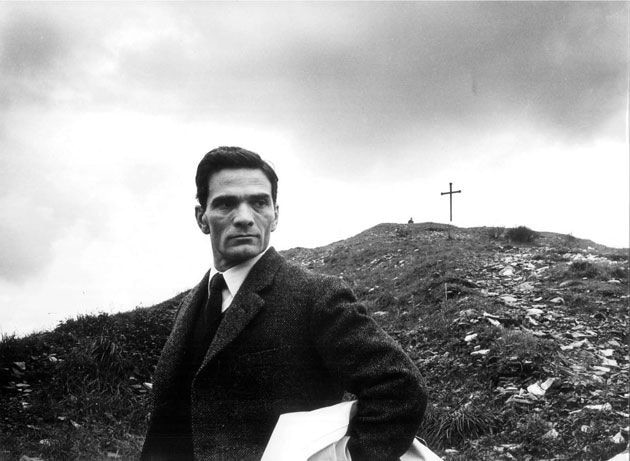“And under the monument of Mazzini…” With these words begins Ragazzi di Vita, the book that represented Pier Paolo Pasolini’s debut as an acclaimed novelist in 1955. The verse of a Roman stornello, as in a screenplay, immediately catapults the reader into an urban and popular context. A territory in which the intellectual loved to wander, explore, and even take his risks.
Pasolini, who had moved to the capital only a few years earlier and "came to Rome a bit like an English or a German tourist who goes down to the South", paints a candidly crude and neorealist psychogeography of the city. Throughout the landscape he allows Italy to discover the mazes of the Roman suburbs and the characters populating them, thus becoming one of the most illustrious and authoritative narrators of Rome, together with names such as Fellini, Flaiano, Gadda and – more recently – Sorrentino. Ironically, none of them are Roman.
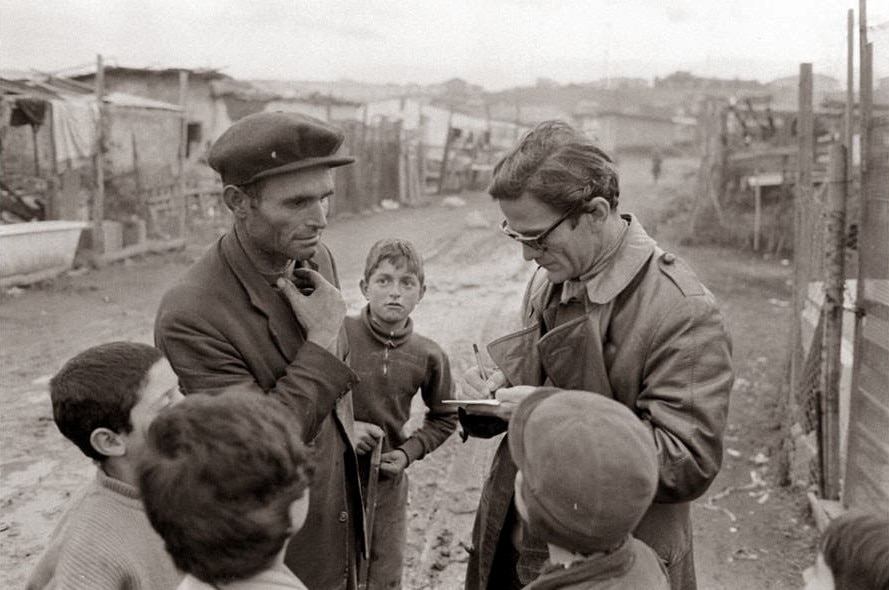
The outskirts as the South of the world
"To describe his relationship with the outskirts, even when writing poetry, Pasolini uses the oxymoron. Hence, the outskirts only exist in opposition to the city, comparing the bourgeois world with a world that is disappearing: that of the working-class suburbs. "
In excellent Italian comments Silvia Martín Gutiérrez, Spanish, one of the most affirmed academics on Pasolini, founder of the Città Pasolini digital archive and curator of a photographic exhibition that will launch in May in the setting of Villa Manin in Passariano, Udine.
According to Gutiérrez, for Pasolini spaces are a metadiscursive feature, landscapes of the mind and soul. For this reason the village is elevated to an extra-geographical concept, identifying Rome with the gates of a large outskirts which is the South of the world. There the Roman slum dweller sits on the same level as the North African peasant, and similarly the sub-proletarian of Accattone (1961) is universally comparable to the African Americans in the racially-segregated United States.
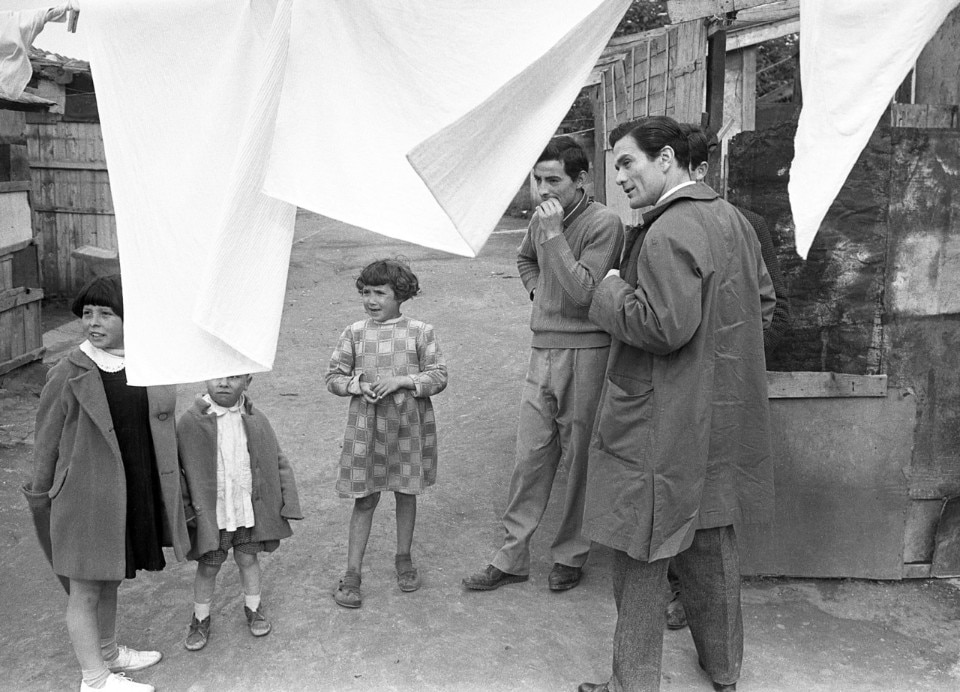
This concept emerges in the scouting of the locations of his films. The spaces chosen do not correspond to the real ones, but are congenial to the evocation of a feeling and a vision of a tripartite society made of yesterday, today and tomorrow. The past corresponds to Friuli, where the young Pasolini grew up, representing the embodiment of a lost world made up of churches and rurality; the present, being the Rome of the suburban slums in the process of decay and disappearance; and the future, incarnated by the dreamlike visions offered by exotic landscapes. This is the geography that Pasolini confesses to love the most in a 1967 interview with journalist Achille Millo.
In approaching the territory as a director, Pasolini observes the modernist building shattering the harmony of the cities. For this reason he discarded as potential settings Israel and Romania, where he wanted to shoot respectively The Gospel According to St. Matthew (1964) and Oedipus Rex (1967), in favour of Lucania and Basilicata, the last areas where Pasolini could trace the pre-industrialised scenarios represented in ancient and religious texts.
The pain of council housing
For Pasolini the council house, even if understood in its social role, must be rejected in form. He explains this explicitly in Pasolini ... E La Forma della Città, a documentary broadcast in 1974 by Italian state television RAI, in which he points out the "offense" and the pain that new buildings bring to his soul "educated to beauty".
The city is disappearing under the lack of protection by the state, explains Pasolini, for whom it would be necessary to safeguard not the most celebrated landmarks, but the anonymous and popular past of the city, because fundamental to its identity. Therefore Rome is described as a city "in the first moments of post-history", made up of "certain ancient ruins of which no one understands style and history anymore, and certain horrendous modern buildings that everyone understands". With these words pronounced by Orson Welles in La Ricotta, included in the coral film Ro.Go.Pa.G. (1963), Pasolini uses the American actor as both a spokesperson and a mundane nemesis.
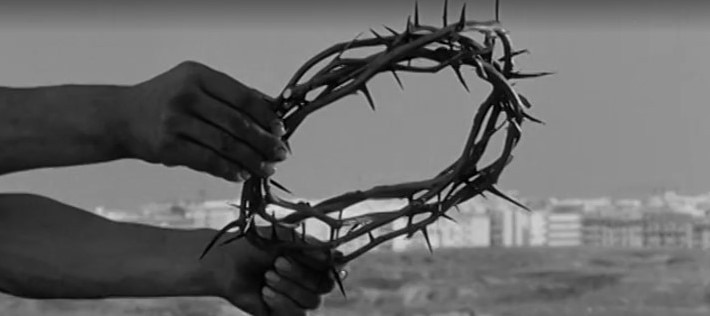
The malaise of suburban youth
Although obvious to associate Pasolini with Rome, in 1959 the author was commissioned to write a screenplay set in Milan. Titled La Nebbiosa, it tells of a city where the contradictions of consumerism on the children of the suburbs emerge more strikingly.
Passing from the observation of the youth of the Italian political capital, to those of the moral one, Pasolini discovers the teddy boys, the first Italian subculture inspired by the American phenomenon of the rebel without cause. Teenagers who look to Marlon Brando as a role model, but hum the songs of the Milanese rocker Celentano. In La Nebbiosa – originally conceived with the exquisite title of Polenta and Blood and later adapted for a film called Milano Nera (1961) – the author wanders between the bars of Bollate and the old trattorie of the Ortica neighbourhood, capturing a Milanese suburbia with petty bourgeois nuances. A city still at the beginning of the migration from the South of Italy, and in which the young deviants speak in Lombard dialect.
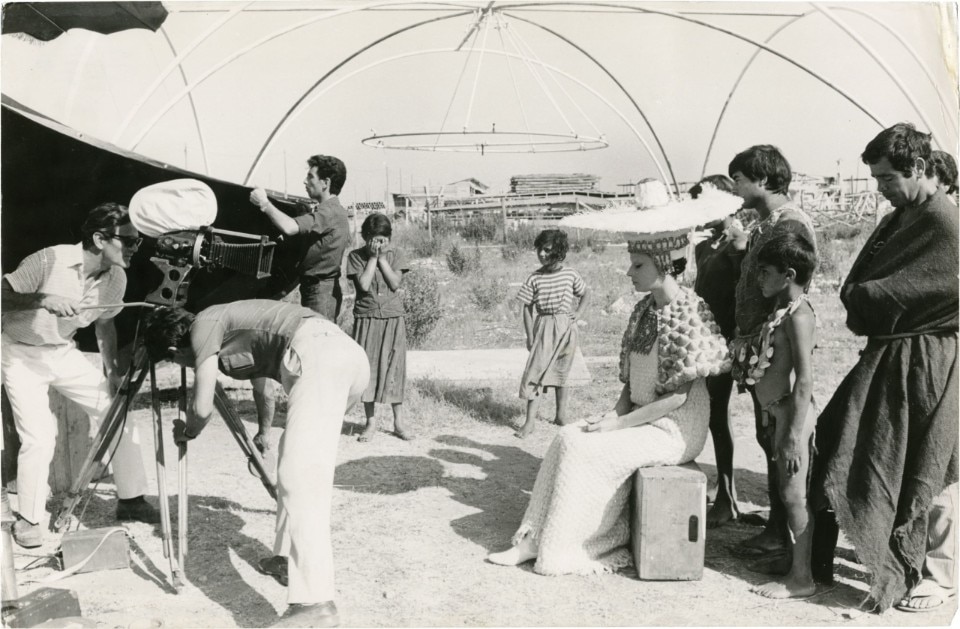
“Look, I'm more Milanese than you are, I spent three years at [youth detention center] Beccaria,” says one of the teddy boys in the film, mocked for his Southern origins by a friend of the gang.
The work, in addition to offering an unprecedented insight into the Italian underground youth of the late 1950s, is surprisingly contemporary in highlighting how, decades later, the problems and behavioral patterns of young people populating the outskirts of a metropolis have remained unvaried.
The teddy boys on motorcycles, ecstatic and unnecessarily violent, deprecated by the voyeuristic eyes of the tabloids of the time, remind us of the trappers of the neighborhood feuds moralistically reported by the patronising press of today.
But also those who, subjugated by the myths promoted by the consumerist society, pursue the dream of a musical career as a form of socio-economical revenge and escapism. They are part of a broader social discourse, which extends far beyond the Italian borders: from the suburbs of the London of the mods and of the Caribbean diaspora of yesterday, and of drill today, to the France of the Banlieues captured by the 1995 Palme d’Or film La Haine.
The legacy of Pasolini is an open debate
It is right on the edge of the city, on the Ostia seafront, that Pier Paolo Pasolini lost his life, murdered on the night between November 20th and 21st, 1975.
It is precisely in the fact that one cannot escape the study of Pasolini if they want to thoroughly understand the Italy of yesterday and today that lies the great heredity of the intellectual, as pointed out by Roberto Chiesi, cultural director of the Centro Studi - Archivio Pasolini at the Bologna Cineteca, film critic and co-curator of “Folgorazioni Figurative”, an exhibition that just launched in Bologna to celebrate the 100th anniversary of PPP.
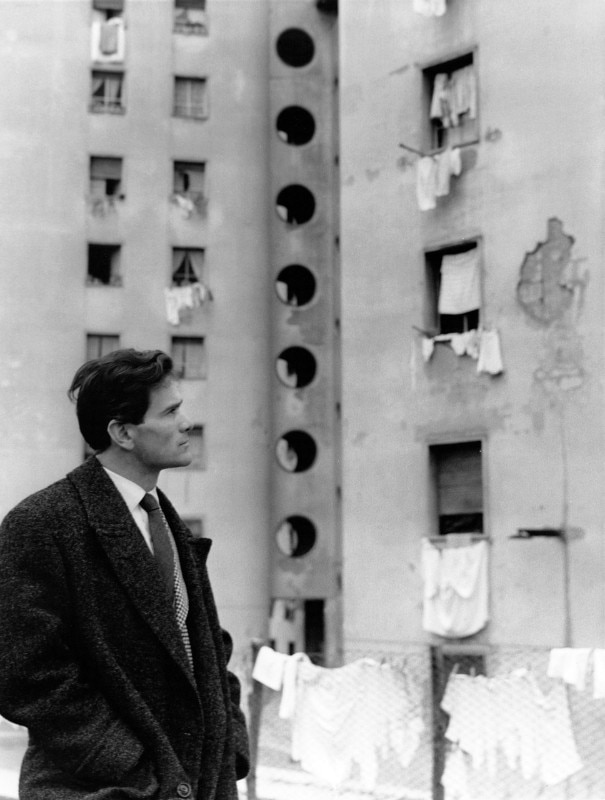
As Chiesi explains, this legacy today comes back to life thanks to a series of filmmakers who metabolize aspects of Pasolini's art in an intelligent and personal way. "I am thinking of films such as The tale of King Crab by Matteo Zoppis and Alessio Rigo de Righi, or to Small Body by Laura Samani, in which there is a choice of anomalous physicality, far from the canons of television and advertising".
Pasolini also returns in the anthropological and psychogeographic exploration of artistic projects that use contemporary languages such as music videos (Francesco Lettieri) or smartphone photography (the Instagram account @bukkakeconnection, for example). They offer us a renovated and intimate picture of the faces and places of popular Rome, mutated but definitely not lost.
The debate inaugurated by Pasolini on the relationship between construction and social rights is therefore still open. As Gutiérrez concludes, not because the intellectual was a visionary, "but because he was endowed with an unparalleled lucidity and an ability to analyse the facts of the present".
Opening image: Pier Paolo Pasolini, 1960 Monte dei Cocci. Photo: Paolo Di Pola © Archivio Di Paolo.


